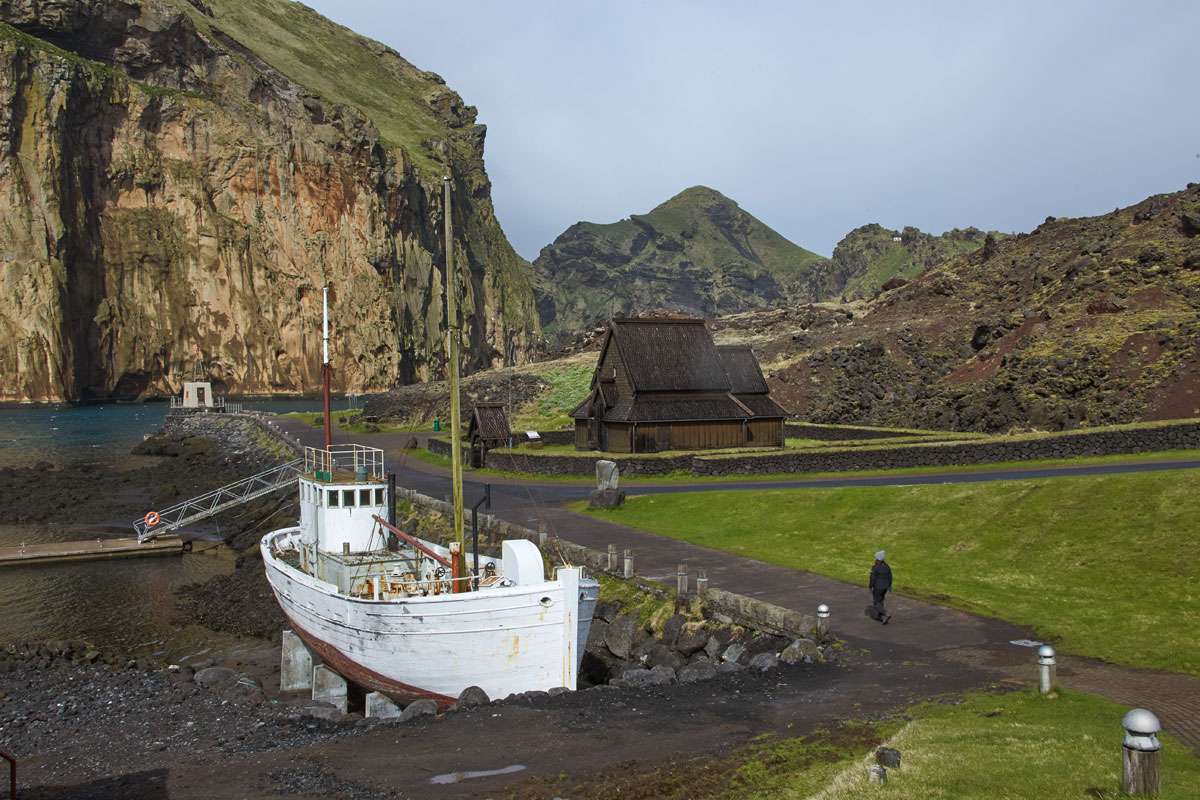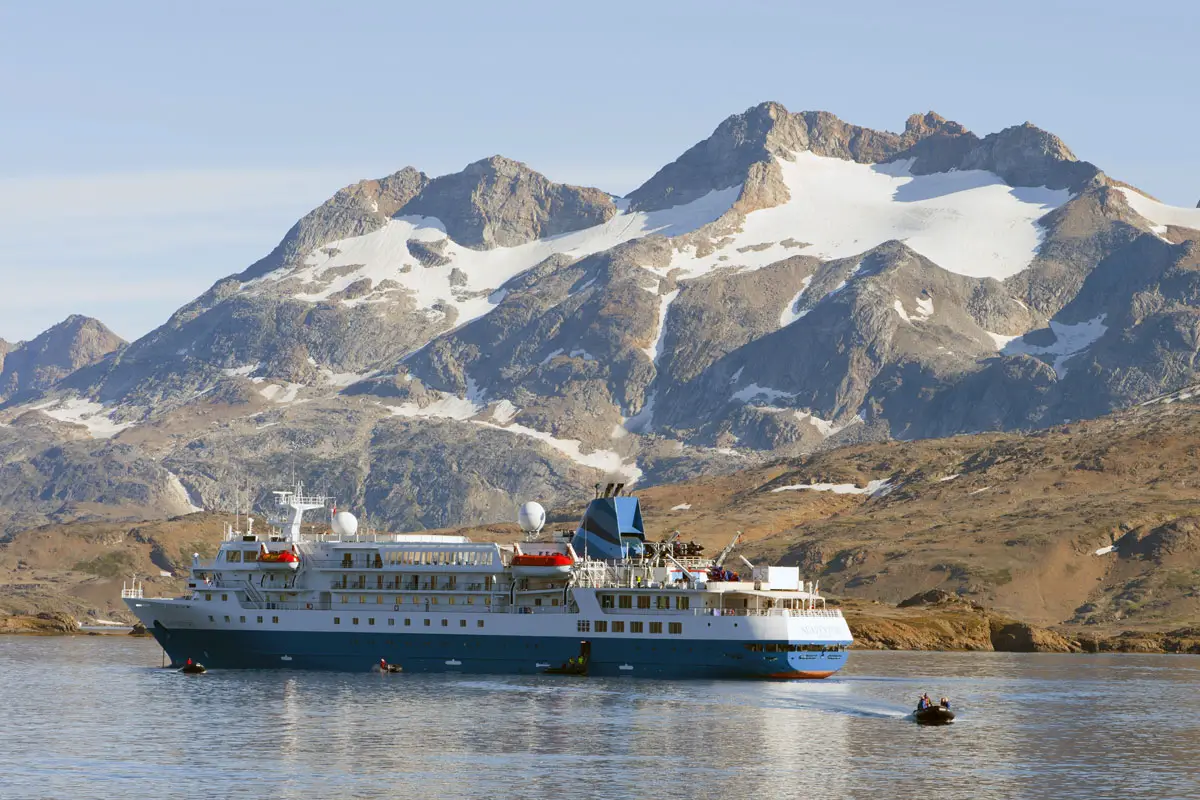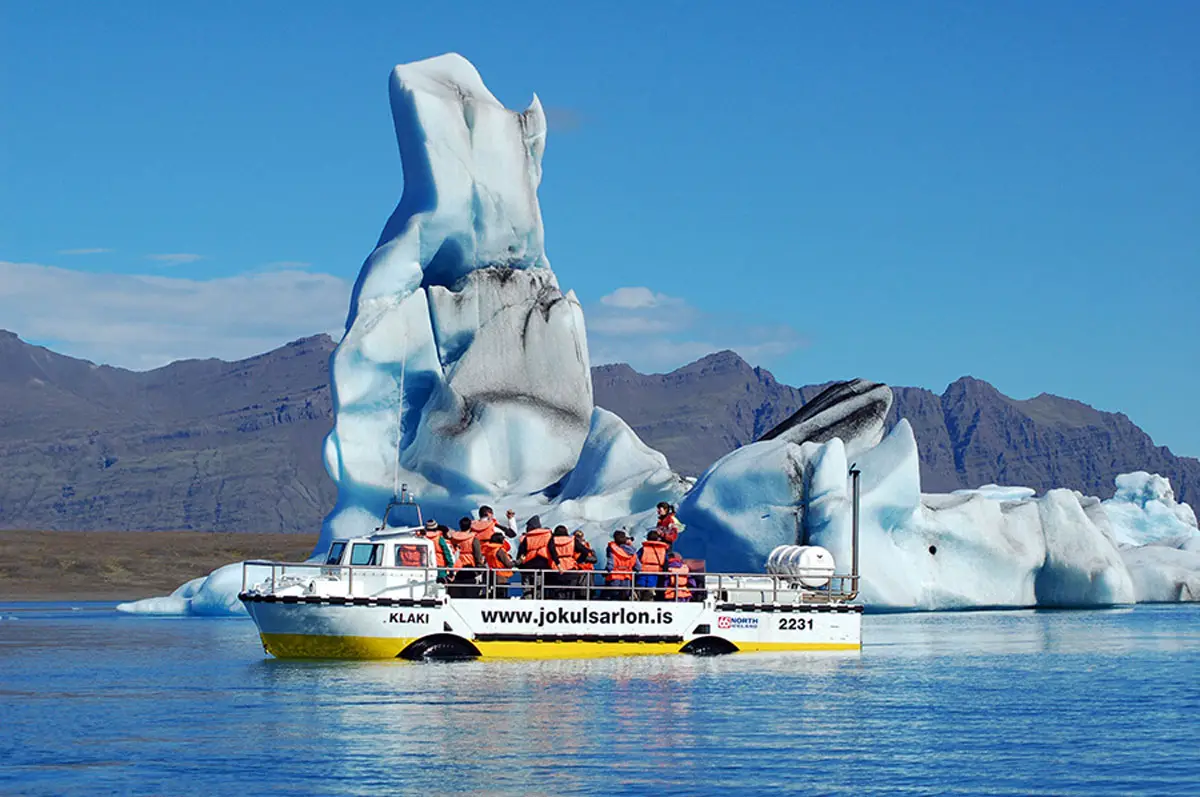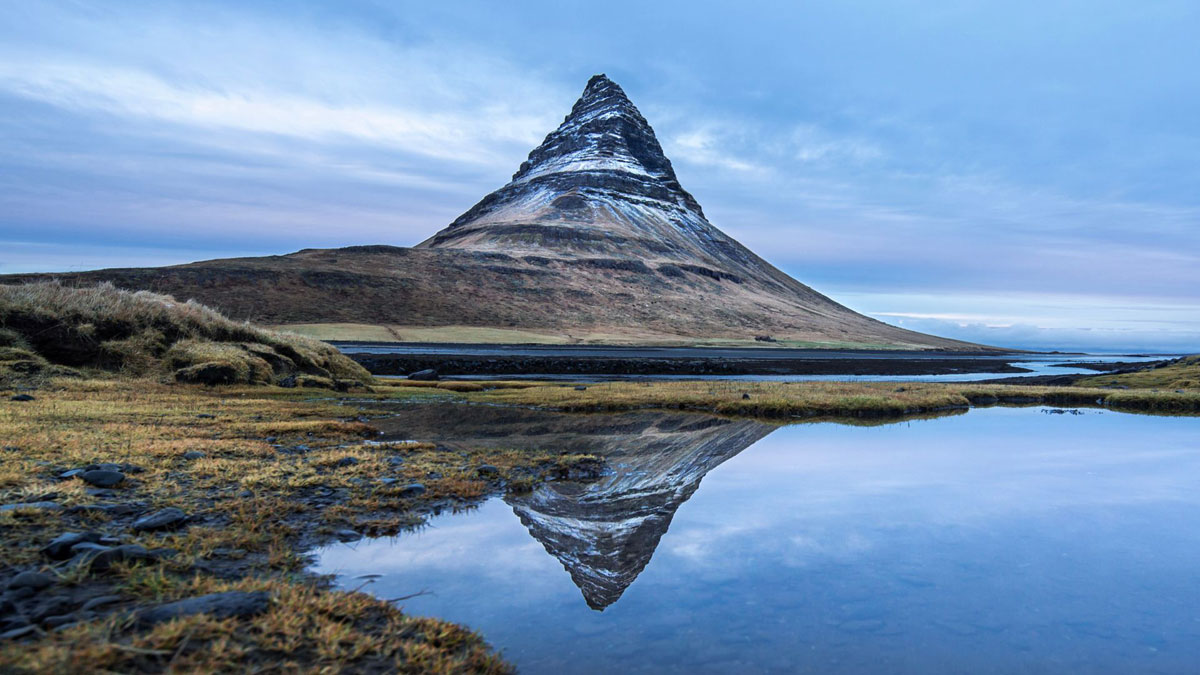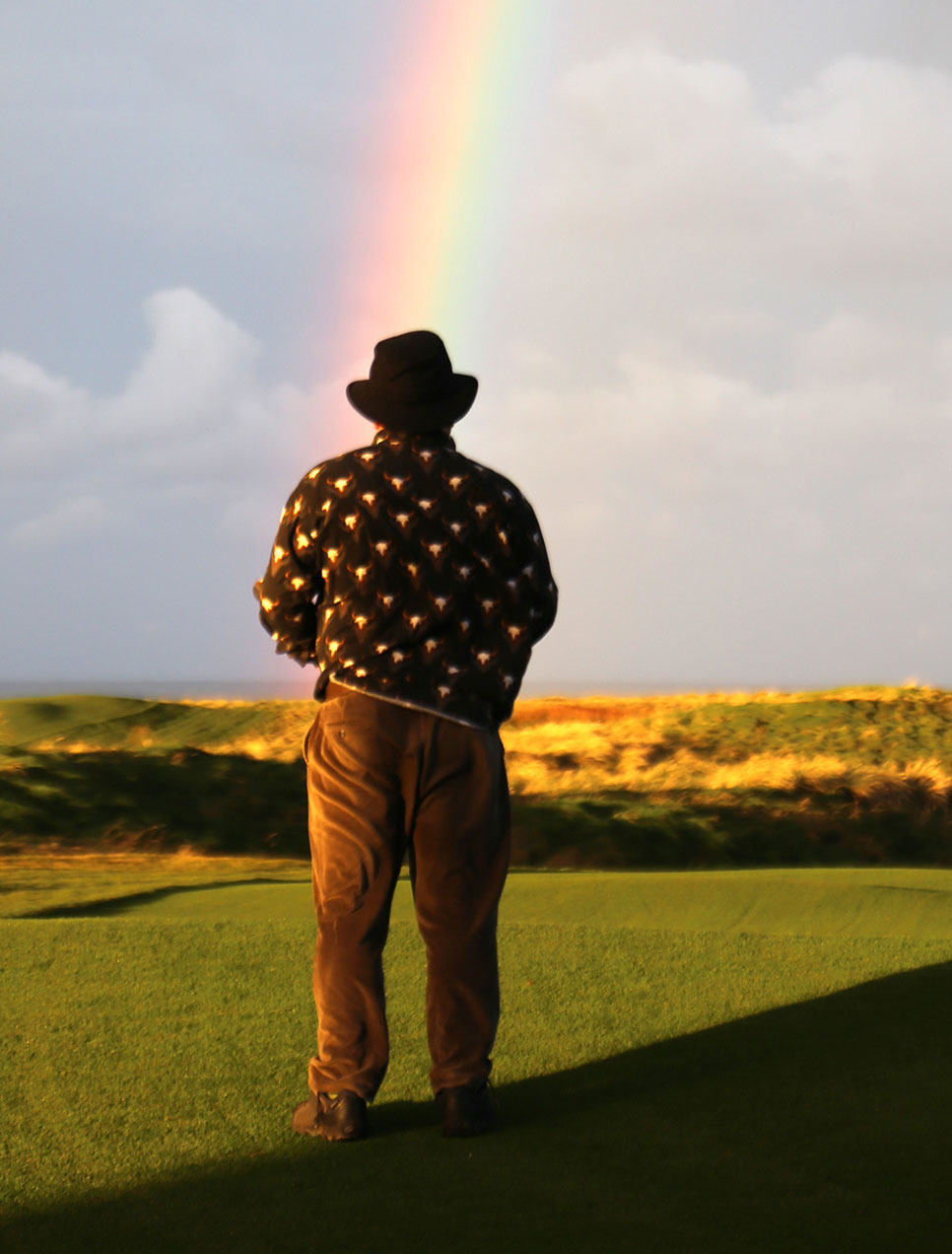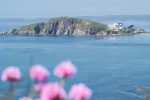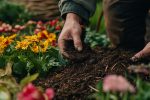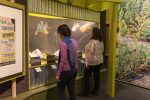Circumnavigation of Iceland Cruise – Travel Review
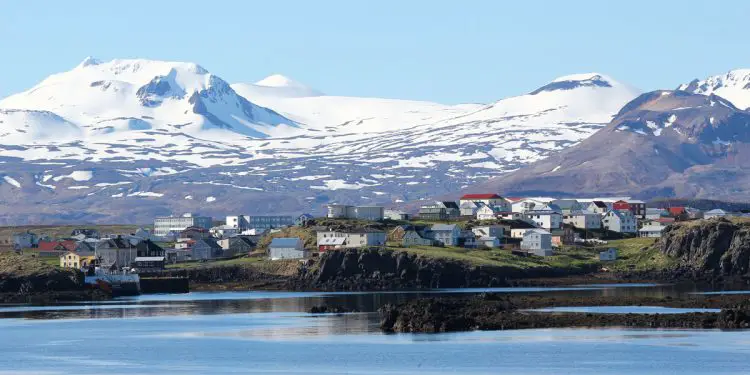
By Kevin Pilley, April 2025
Iceland has its own Loch Ness Monster—not a lot of people know that. They call it “The Wyrm”. The elusive creature is supposed to live in Lagarfljot, a very deep, glacial-fed, freshwater lake near Egilsstaðir on the west coast of Iceland.
It was first sighted in 1345 and described as a serpent with humps. A myth grew up that it incubated gold at the bottom of the fjord. The skrýmsli (monster) was seen in 1750, and reported to be a giant golden slug (“brekkusnegill”), or, in Norwegian, a “strandvorm”. Something strange was videoed in 2012. A boat laying a telephone cable detected a large shifting mass in deep waters. There have been random sightings of a creature like an obese seal and a poison-spitting skate. Some believe it to be an amphibious dragon.
It has been explained as mountain-side flotsam, light patterns on the water surface caused by methane bubbles, or just another ancient Icelandic myth.
You learn such things on a cruise around Iceland.
“Mineral-rich thermal spring baths”
You also learn that the herring reaches sexual maturity at the age of three. That Reykjavik means “bay of smoke”.
That in summer, being on the Gulf Stream, Iceland is hotter than London. And perpetual sunlight of the midnight Sun means there is about ninety minutes between sunset and sunrise. That reindeer are relatively ruminants-come-lately, having arrived in 1771. That the UK and the US could have bought Iceland. Both made offers. But the Irish have a better claim – Gaelic “papar” hermit priests predated the Norse settlers. They left their crosiers behind as proof they were there first (rather like Germans do with beach towels).
There are volcanoes, volcanic deserts, glaciers the size of Costa Rica, fulmar colonies, black beaches, geysers, turf-roofed houses, hydroclastic and pyroclastic deposits, distinct cirques, pseudo-craters, the early Quaternary period terrain and the culture. But the main reason most people visit the world’s third largest snow cap and Europe’s least populated country is to combat crepey-ness.
Almost nobody skips the bubbling mineral-rich thermal spring baths. Sitting up to your neck in warm water masked by egg-sulphur steam visibly diminishes the signs of ageing.
The 34-40 degree Lake Mývatn (“Lake of the Midges”) Nature Baths in north Iceland and Vok bio-active baths in the east are on the itinerary of Iceland Pro Cruises “Circumnavigation of Iceland” cruise.
“Seismic hotspots”
From June to August, the seven-deck, 113m, 60 crew and 160-passenger, two-suite, Cyprus-registered MS SeaVenture, built in 1990 in Japan and responsible for discovering and naming High Antarctica’s Bremen Island when it was called the MS Bremen, leaves and disembarks Reykjavik harbour beside the city’s Harpa concert hall.
The 1280 nautical mile (1380 land mile) “Around Iceland” cruise sails clockwise, taking in the ports and fishing villages of Stykkishólmur (top image), Isafjordur, Siglufjörður, Husavik (the whaling capital), Seydisfjordur and Djupivogur on the east coast and the Westman Islands (Vestmannaeyjar) off south-east Iceland, scene of the 1973 Heimaey eruption and evacuation.
The cruise introduces you to glacier tongues and fingers, whales, dolphins, seals, a glacial lagoon, guano-splattered cliffs, countless waterfalls, petrified trolls and other impressive lava formations, basalt outcrops and columns, the islands of Flatey and Grimsey, where Jules Verne’s Journey to the Centre of the Earth began, various seismic hotspots, fields of Alaskan lupines and dwarf birch, a shark museum with Greenland shark tasting included (think cheese), and the country’s only arboretum.
It is a very well-organised luxury adult field trip. A full-board expedition with far too much cake.
The captain is Croatian (the charming Iva Botica), the crew Filipino and Balinese, and the menus include “Lambaframpartur” (Icelandic slow-braised lamb shoulder), “Steiktur lambalæri” (Icelandic braised lamb shank), pan-seared duck (not eider), guinea breast, “Humarsupa” lobster soup, ling and an array of highly calorific and moreish desserts, like Icelandic-style date cake, Skyr (curdled milk and strained yoghurt) cake, Icelandic pancakes with cream and berries, chilled yoghurt-peach cream pie, poached pineapple coupes, and too much vanilla ice cream.
“Mystique”
Wine on board is $33-37, a G&T $10, and cocktails $8. Cheaper than the mainland.
Even chef Rufino’s packed lunches are generous.
You have to watch your weight. The Icelandic horse-trekking trip (never call them ponies) has a maximum weight limit of sixteen stone.
Steini, one of the ship’s knowledgeable tour guides, described Iceland’s mystique: “It is pure and calm. It makes you listen to it. Be part of it. It touches you in a very special way. Beyond age.”
The trips ashore are brilliantly organised by cruise leader Hermann Helguson, who wakes you every morning over the tannoy with, “Good morning, dear ladies and gentlemen, to another beautiful day,” even if it’s not.
There is no such thing as typical Iceland weather. But there were more shrimp supplements taken than stabilisers. The sea was relatively and pleasantly calm.
With a team of experts, Hermann gives at-sea lectures in the Expedition Lounge auditorium covering everything from knitting, rudimentary old Norse, geology and political history.
“National flower”
You learn the difference between Magnús Magnússon and nineteenth-century independence activist Jón Sigurðsson, whose house and museum at Hrafnseyri is visited. You learn that Flatey island is so named because it is hill-less and flat. It also has the country’s oldest library, dating to 1864.
You learn all about the Vikings, although one American passenger, when talking about them, habitually referred to a certain “Erik The Whatever”.
You also learn about flora and fauna and the difference between “Hvonn” (angelica) and the beautiful but can’t-get-rid-of Nootka (blue Lupine), which was originally planted to tackle soil erosion, and that Iceland’s national flower—the “holtasoley” or mountain avens.
And that, in the olden sub-Arctic days, women made shoes out of wolffish skin for their loves, measuring distances by how many shoes wore out. On average, one pair lasted seven kilometres.
The whole trip is an education.
There is more to the country than blondes, blue eyes and rollmops.
And I can now say unequivocally that nothing prepares you for the beauty of Iceland.
More info: icelandprocruises.com
Icelandair (icelandair.com) flies daily to Keflavik which is a 45-minute shuttle to the harbour.
Post- or pre- cruise, stay at The Reykjavik Hilton or the new Parliament Hotel Curio Collection By Hilton Hotels (hilton.com)
